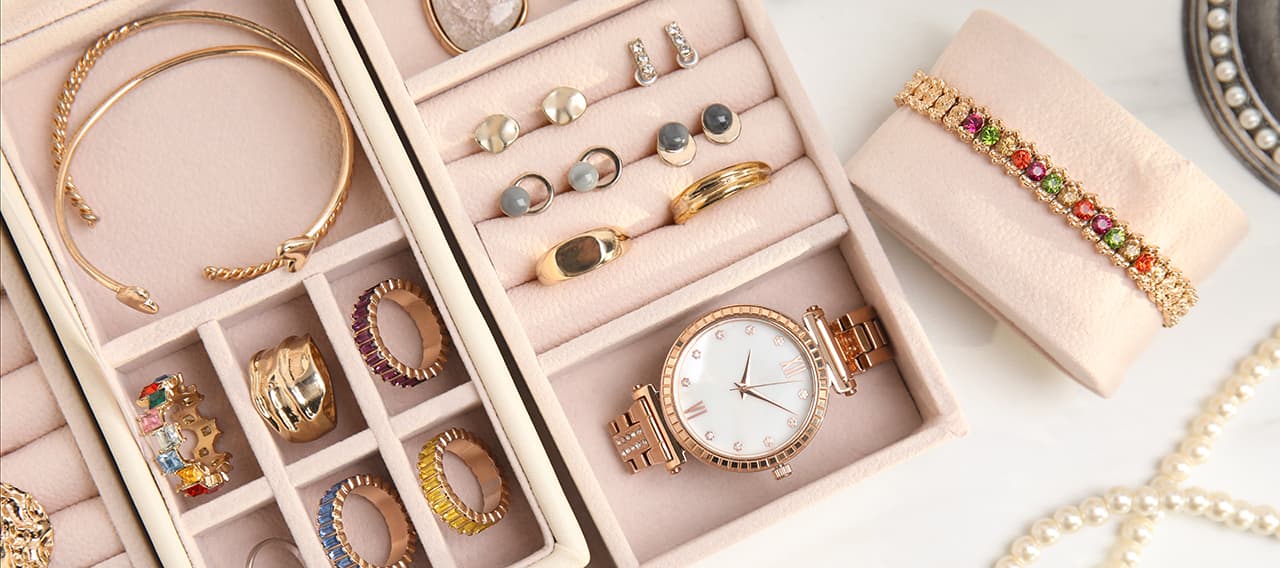Successful millennials (born 1981-1996) are now the fastest-growing cohort of collectors, according to an Art Basel/UBS report. In addition, those with the most money are buying more art and spending more on it than any other demographic.1
At times glamorous, fascinating, and complex, the art world can also be opaque and challenging to navigate for any generation, including millennials. Fortunately, there are experts in the industry who can guide your clients through the challenges they might encounter. Connecting your clients with these five professionals can go a long way in preserving both the sentimental and financial value of their collections.
Art advisor
Art advisors can educate your client on subjects as broad as art market trends and art history, and as specific as a work of art. They can help new collectors to define collecting goals, discover new genres and artists within the collector’s vision, and source works of art that will sustain their value.
Many art advisors are well connected within the art world and can leverage their connections to gain priority access to galleries, arrange private viewings with dealers, negotiate the price of a purchase, and facilitate logistics surrounding new acquisitions.
Before retaining an advisor, your clients should draw up a written agreement which outlines the terms of the relationship and a fee structure. Some advisors work on a retainer basis, while others charge based on a percentage of each purchase. If the art advisor also works as an art broker, require transparency; be sure to ask if they have direct access to the owner in question before proceeding with a purchase.
The industry is not regulated, so it is important to carefully consider the qualifications, reputation and experience of the art advisor. Seek out art advisors who are members of professional associations, such as the Association of Professional Art Advisors.
Art appraiser
Understanding a collection’s value is critical when making strategic and financial decisions. Certain market segments, particularly Post-War, Contemporary and Ultra-Contemporary Art, are dynamic, and values can change quickly. Art appraisers monitor fluctuations in the market, understand market and pricing trends, and provide valuations for insurance, estate planning and tax purposes, including donations and gifts.
When your client is considering an appraisal, they should look for an appraiser whose expertise aligns with the collection. Many appraisers have earned a professional designation in a specific specialty and maintain membership with a professional association. While there are several appraisal associations, the Appraisers Association of America, the American Society of Appraisers, and the International Society of Appraisers are among the leading associations with vetted memberships and strict continuing education requirements.
An insurance appraisal will provide the cost to replace an item with one of like kind and quality, and in a limited amount of time, while an appraisal for estate or donation purposes will provide “fair market value” as defined by the IRS.
How important is the role of the appraiser? Consider a client who acquired a Post-War painting over 40 years ago and insured the item under a blanket policy with a per item limit of $50,000. Assessing the rare painting, an appraiser recently recognized the replacement value of the artwork: more than $5,000,000. Had that painting been damaged or stolen, the insurance coverage would have fallen far short of the client’s needs.
As with financial markets, the art market can change relatively quickly. The recommended time frame for appraising artwork is generally every three to five years. For growing market segments, appraisals are recommended every one to three years.
Art handler
Most art losses occur when items are being transported. Many of these losses can be prevented by connecting your client with a professional art handler. Recently, one client hired general movers to transport personal items, including a 9th century Indian stone sculpture of the Hindu god Ganesha. Not trained in handling art or art objects, the movers picked up the sculpture by the trunk, breaking it immediately. The damage was irreparable.
Professional art handlers pack, transport, and install works of art and other valuable objects. They are trained on specifications for installation hardware and packing or crating materials that will best fit the size, weight, and fragility of the item. Many art handlers also work with art advisors, designers, and architects to determine the best location for a piece or collection given its inherent characteristics.
Art handlers have varied backgrounds. To find a reputable art handler, start with professionally-bonded handling companies or contact a local museum, which may have installers on staff that also do private installations. Ask for resumes and references. Your client’s insurance company should also have a network of reputable art handlers.
Conservator
Art can be as delicate as it is beautiful. A conservator advises on the long-term preservation of artwork so that it can be enjoyed for years to come. Conservators assess an artwork’s structural stability, current condition, and chemical composition, and can advise on whether an item’s materials and construction are projected to age well. They also perform conservation treatment based on an evaluation of the aesthetic, historic, and scientific characteristics of the object.
For high-value acquisitions, conservators can be consulted to conduct a pre-purchase assessment of condition. For instance, they may use a black light to look for signs of prior restoration or structural damage. If previous restorations were not done properly, the efforts may have done more harm than good. The materials used in the restoration may age at a different rate than the original materials, and, in some instances, the restoration work is irreversible. Consulting a conservator prior to a new acquisition can save the client potential headaches and financial loss.
As the profession is unregulated, it is important to find a qualified and experienced conservator. One leading resource is the Canadian Association of Professional Conservators (CAPC), the national organization of conservation professionals. The CAPC publishes guidelines on finding a conservator and provides a “Find a Conservator” tool on their website.
Risk manager
Whether your client collects for passion, investment, or a combination of the two, a risk manager can help protect against sentimental and financial loss. Risk managers provide consultative advice on packing, transit, storage, display, environmental controls, inventory, museum loans, consignment agreements, and more.
A risk manager’s experience enables them to identify unforeseen perils. For instance, a burst pipe resulting in a wet wall can ruin a hundred-year-old painting; movers that are not specialized in packing fine art can easily break a one-of-a-kind vase; a loan agreement without wall-to-wall coverage can leave a client exposed. Such scenarios are more common than you would think, and often preventable. In addition to advising on risk mitigation, risk managers also work with clients to adequately insure their collections against fire, flood, theft, breakage, and a number of other hazards.
Connect with your insurance carrier partner
Insurance carriers like Chubb can and should be an important resource for referrals for all of the specialists listed above. Given the complexity of insuring a fine art collection – no two collections are alike – the insurance company you work with should have a specialty in insuring artwork. Look for carriers, like Chubb, with in-house specialists with experience in collaborating with a licensed insurance broker to provide guidance on collection risks and building a tailored insurance program.
Navigating the complexities of the art world can be confusing and time-consuming. But with the right professionals in place, your clients can have greater peace of mind that their collections are under expert care.
Sources
1 2020 Art Basel/UBS Report
Insights and expertise



This document is advisory in nature and is offered as a resource to be used together with your professional insurance advisors in maintaining a loss prevention program. It is an overview only, and is not intended as a substitute for consultation with your insurance broker, or for legal, engineering or other professional advice.
Chubb is the marketing name used to refer to subsidiaries of Chubb Limited providing insurance and related services. For a list of these subsidiaries, please visit our website at www.chubb.com. Insurance provided by Chubb Insurance Company of Canada or Chubb Life Insurance Company of Canada (collectively, “Chubb Canada”). All products may not be available in all provinces or territories. This communication contains product summaries only. Coverage is subject to the language of the policies as actually issued.







